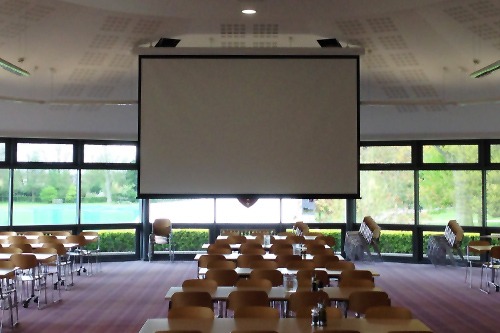Overhead projectors (those with a mirror and a light bulb) were a centrepiece in schools from the early 1960s until the late 2010s. Chances are your school had one that teachers wheeled around because it was so enormous.
Today’s classrooms use digital data projectors that display digital images from digital sources. You hook them up to a computer output or other digital source, and the projector displays whatever content the connected device plays.
This article will explore the educational benefits of data projectors in schools and colleges to help you decide whether to invest in some for your classrooms.
Engage visual learners
The most difficult students to engage are visual learners because so many lessons are 80% talk. With a data projector, you can demonstrate, play videos, interact with content and get students to participate in visual learning. Your other students won’t miss out either because you can still get them to listen and perform tasks.
Centralise information
Let’s say you want everyone in the class to look at the same document. With a textbook, you can never be sure they are doing as they’re told. With a projector, there is one central source of information for everyone to look at. Using split-screen mode, you can also display two documents or two videos at the same time.
Create interactive lessons
With some data projectors, you can collaborate on content in real-time, edit documents, highlight things and zoom in on pictures and diagrams. This feature is only available with data projectors with infrared or DLP technology, but it’s worth it if you want to create fun, interactive lessons students will remember for years.
Make better use of classroom time
If you only have an hour or so to teach every day, lesson planning is essential. What better way to streamline your lessons than with a data projector? You can efficiently click-through data, move on to new subjects, return to previous points and save and resume your work to make efficient use of classroom time.
Suitable for all content types
Data projectors can display static content like documents, images and diagrams, live content, video content from saved sources, YouTube or anything else. All you need to do is feed in a source and play the content. The data projector will then display the image on a projector screen or any blank wall.



